The Leitz Elmar 10.5cm f/6.3 – Third time’s the charm! Read the exciting conclusion of my search for a pocketable telephoto lens. Don’t miss the comparison of all three lenses’ characteristics at the end of this chapter!
I still had the other mountain in the back of my mind. Not really sure why, this lens seems as unpopular nowadays as it was back when it was released in 1932. I wasn’t necessarily one for Leica lenses either, finding the pearls among third party lenses was more my thing. Reading through forum threads about it I came across the book entitled “Snow Canvas: Ski, Men and Mountains with the Leica” by professor Stefan Kruckenhauser. It’s not as testosterone-driven as the title would lead you to believe, it’s actually a pretty nerdy (in a good way) account of the author’s pursuit of his two life passions – skiing and photography. As a skiing pioneer and early 35mm photography protagonist, Kruckenhauser offered a unique perspective on the very narrow genre that is mountain photography.
For once I don’t blame Ebay, I blame Oxfam for having this book in stock for a mere tenner. It is unclear whether the Mountain Elmar was designed with mountaineering in mind (there were some mountain enthusiasts in the midst of the Leitz lens design department at the time) or was this book responsible for its nickname (which nonetheless doesn’t appear in it). But despite very different circumstances, the author’s motivations behind selecting his gear certainly overlapped with mine – his fondness for long focal lengths, need to keep it light and compact, good sharpness and contrast, large aperture being low on the list of priorities. Some of his shooting habits rang true as well – using filters to increase the contrast of black and white photographs, the tendency to underexpose, and seeking out light shining at an acute angle which brings out the texture of otherwise flat and dull surfaces such as snow (or in my case the crisp white rendering typical of a lot of Brighton architecture). Even his frustrations sounded familiar. Like his transition from larger formats to 35mm and how “the mere suggestion [of moving to the 35mm format] was met with scornful smiles and was considered beneath one’s dignity to go further into the matter.” My past 300mm-f2.8-wielding self would surely meet my current incarnation with some scornful smiles! What I like about him is he doesn’t resort to the camera doesn’t matter, the photographer does truisms and instead unashamedly puts his gear front and centre in his stories. Only 4 lenses were used to capture the 88 photos illustrating this book, and in the case of 15 of them that lens was the Mountain Elmar.
The Berg
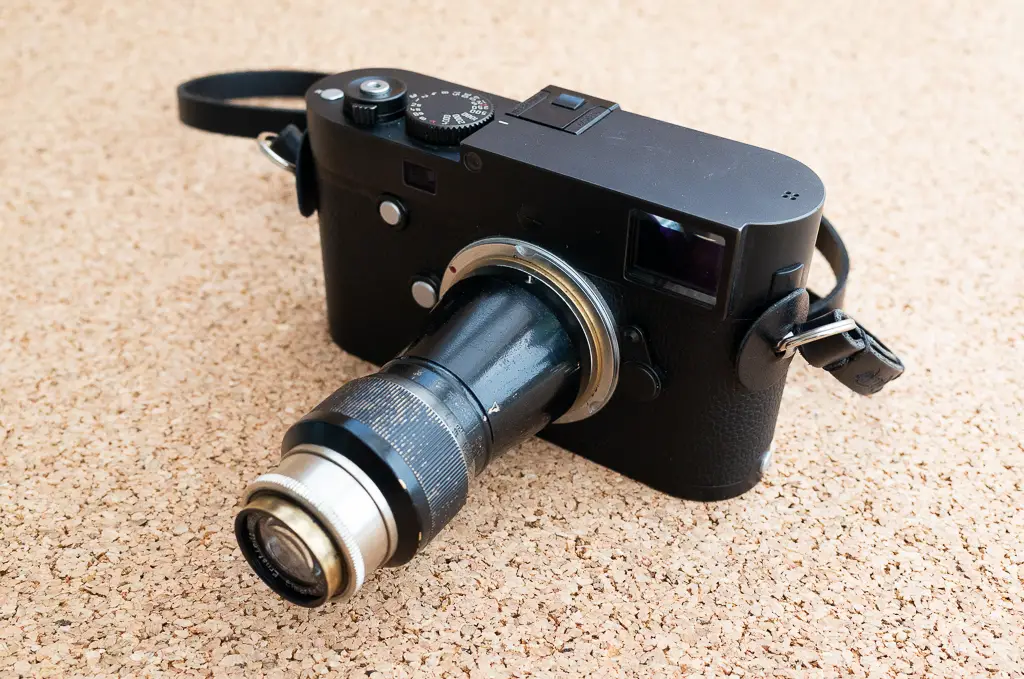
Predictably, I soon pulled the trigger on buying the Leitz Elmar 10.5cm f/6.3. How could I resist a lens they wrote a book about. Uncommonly, all the usual suspects from among the Leica-specialising online shops here in the UK had one in stock and at a much better price than the best deals on Ebay. Soon, an early nickel and black laquer copy was mine, the oldest lens in my collection. Looking at photos, it’s difficult to assess its size. Afterall, the Nikkor turned out quite a bit larger than expected.
The Leitz Elmar 10.5cm f/6.3 on the other hand is deceptively small with its slender barrel and very narrow opening. It’s not the usual ~35mm diameter and is a mere 24mm. Luckily, the diameter of the push-on hood is perfect for attaching A36 filters so be careful if you decide to get one – the hood (as well as the lens cap that goes on the hood when it’s reverse-mounted) are almost impossible to buy on their own, and without the hood you can’t use filters. The lens won’t cause much issues with viewfinder coverage and just about stays outside the corner of 90mm framelines when fully extended and with the hood mounted.
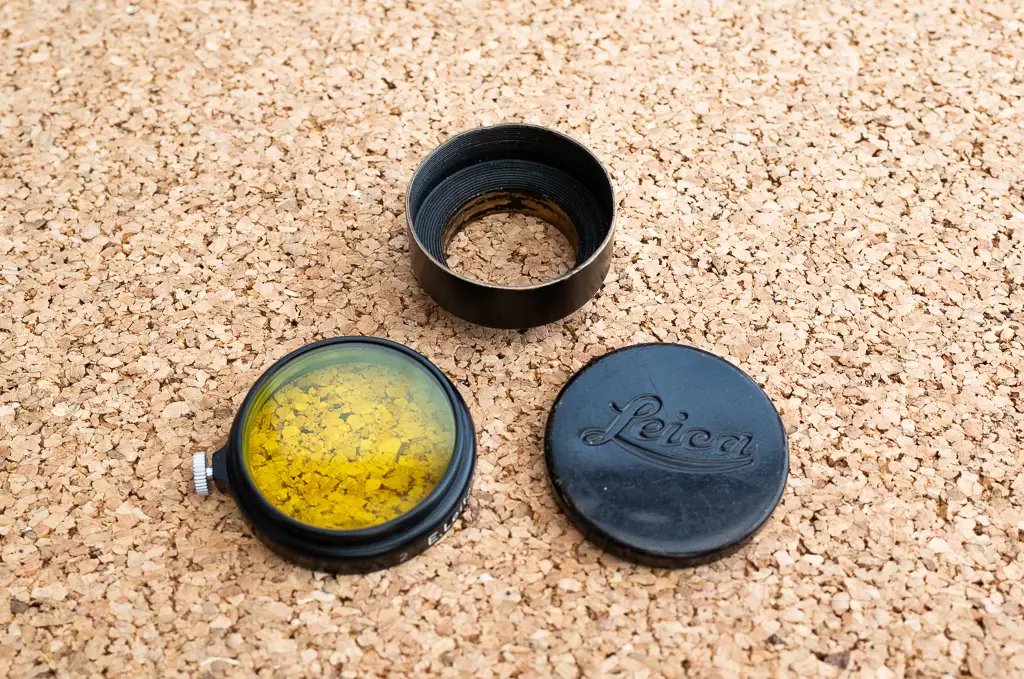
One of the Leitz Elmar 10.5cm f/6.3 characteristics, supporting the theory that it was designed with mountaineering in mind, is that its performance is optimised for shooting roughly at its infinity setting. It might also explain why the minimum focusing distance is considerably longer than most other lenses (while most sources will state it’s about 10ft/3m because that’s the minimum marking on the scale, it actually focuses down to just below 2m). Keeping this in mind, for my first outing I took the lens up to the roof terrace of the building I work in, and later went up to the Clifton Hill conservation area. With no mountains in sight, this would have to do. Worried about not having as much light as in the snow-covered high Alps on a sunny winter day, I opted for the yellow filter instead of my usual red. Not really knowing what to expect from a lens this old on digital, I stopped it down to f/9.
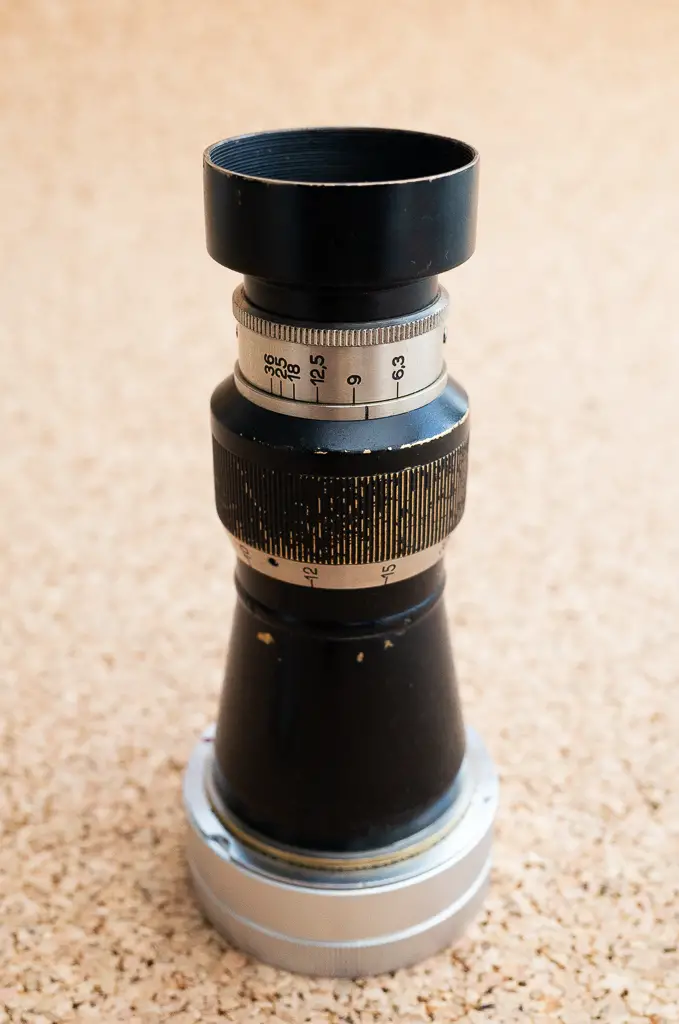
Later at home I loaded the images into Lightroom and was blown away by what this 90-year-old lens is capable of. Shooting vintage lenses, I rarely pay that much attention to sharpness. But what caught my eye was that in one of the rooftop shots you can read the name of a pub located 1km away! The Leitz Elmar 10.5cm f/6.3 isn’t a slouch at shorter distances either. When I photographed a low hanging branch, it captured every little vein in the leaves, wide open! I was very lucky to have started off by using a yellow filter. For my next outing I used my favourite red and a lot of the shots turned out a bit soft. If I didn’t already know its optical quality I would have simply assumed that’s just the way it is. Upon closer inspection I noticed I kept focusing behind the subject. It looks like this lens needs to be focused slightly in front in order to produce sharp images when used with a red filter. Never noticed this happening to this extent. Luckily it’s a quirk that’s easy to get used to.
How does it fit into my plan? It’s certainly not as compact as the Chiyoko, but it feels small due to the very slim barrel. It is light but not in an egg shell kind of way and has a solid brass feel to it. Between these two lenses I’m confident I have great options to choose from depending on my mood and plans – Chiyoko for travelling due to its more rugged nature, Elmar for capturing historic architecture and cityscapes. Sorry Nikkor, as much as I adore your rangefinder lenses this one didn’t really click with me!
Sample Images
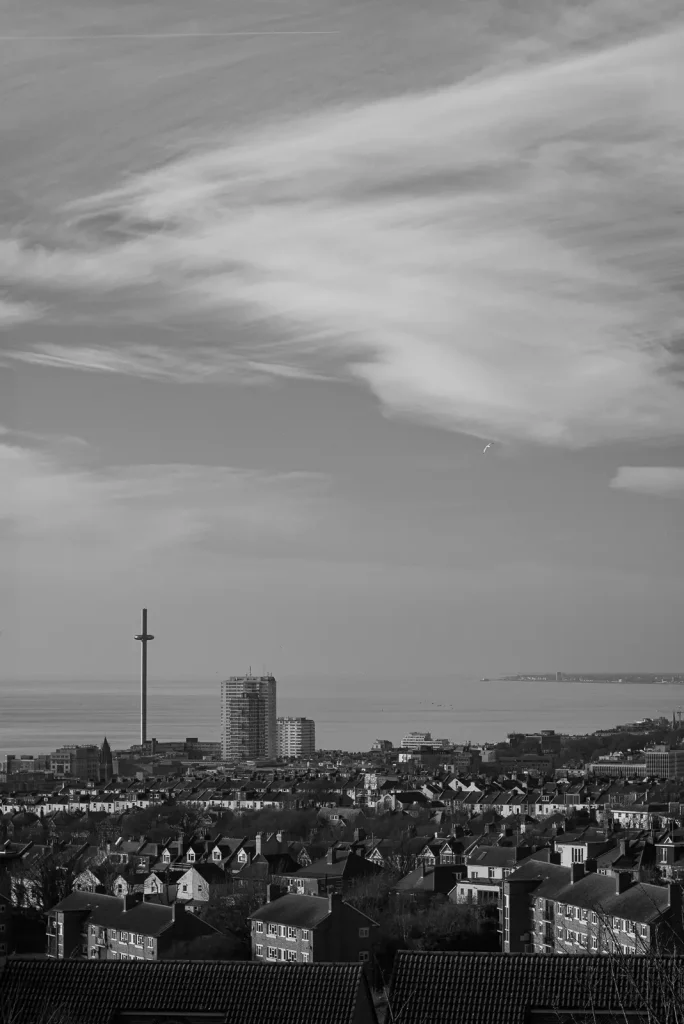
Example of excellent image quality when focused close to infinity
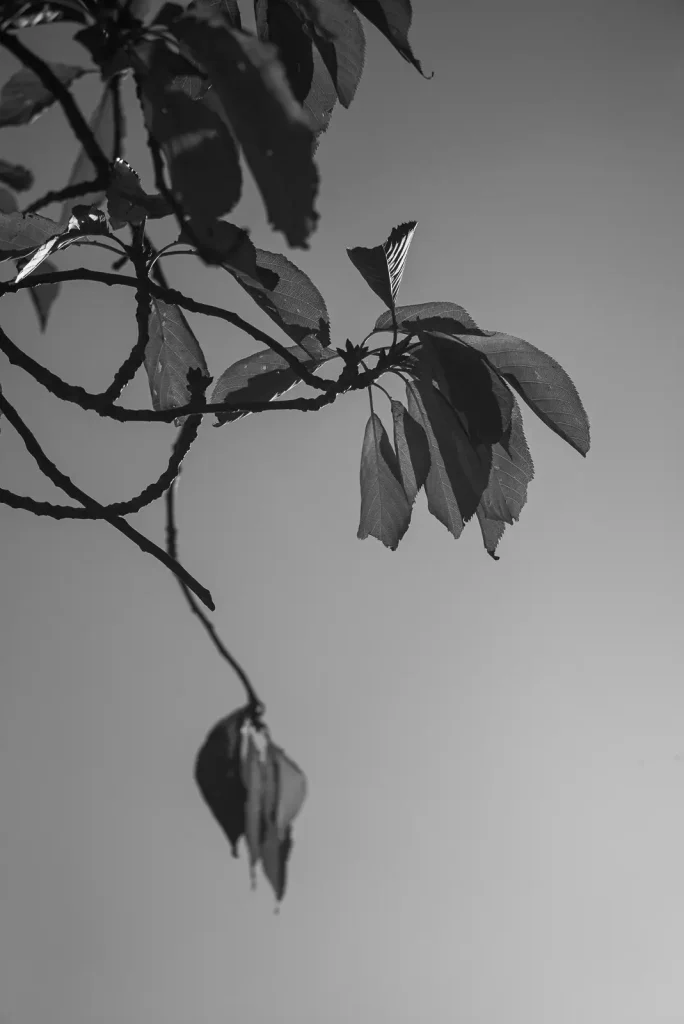
Example of image quality around the minimum focusing distance
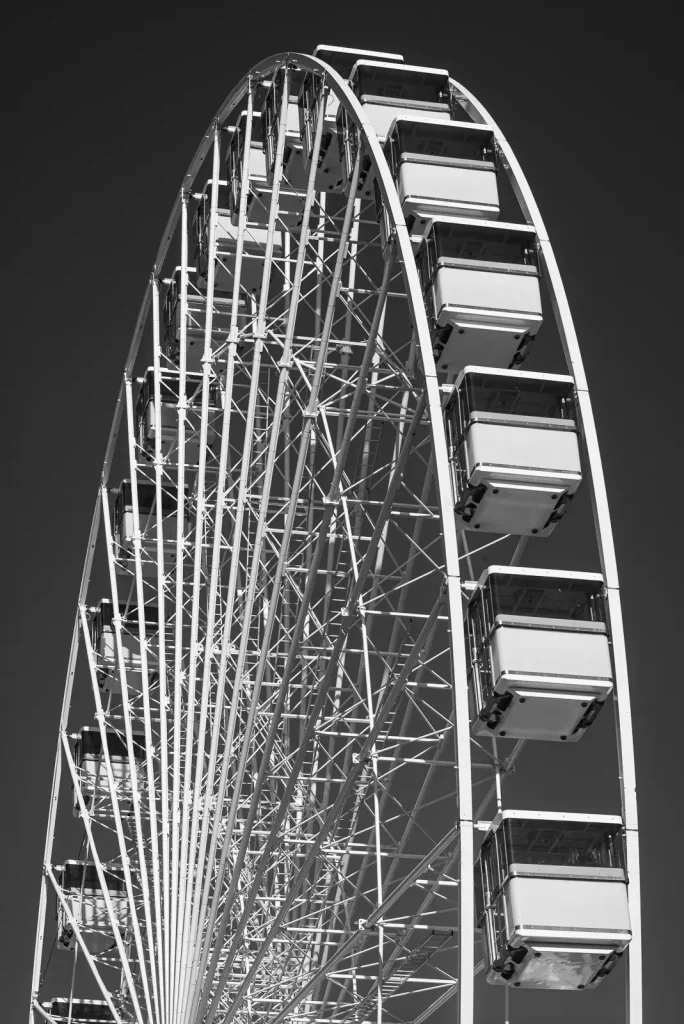
Detail of the observation wheel that was part of the Christmas Market in Brighton last December
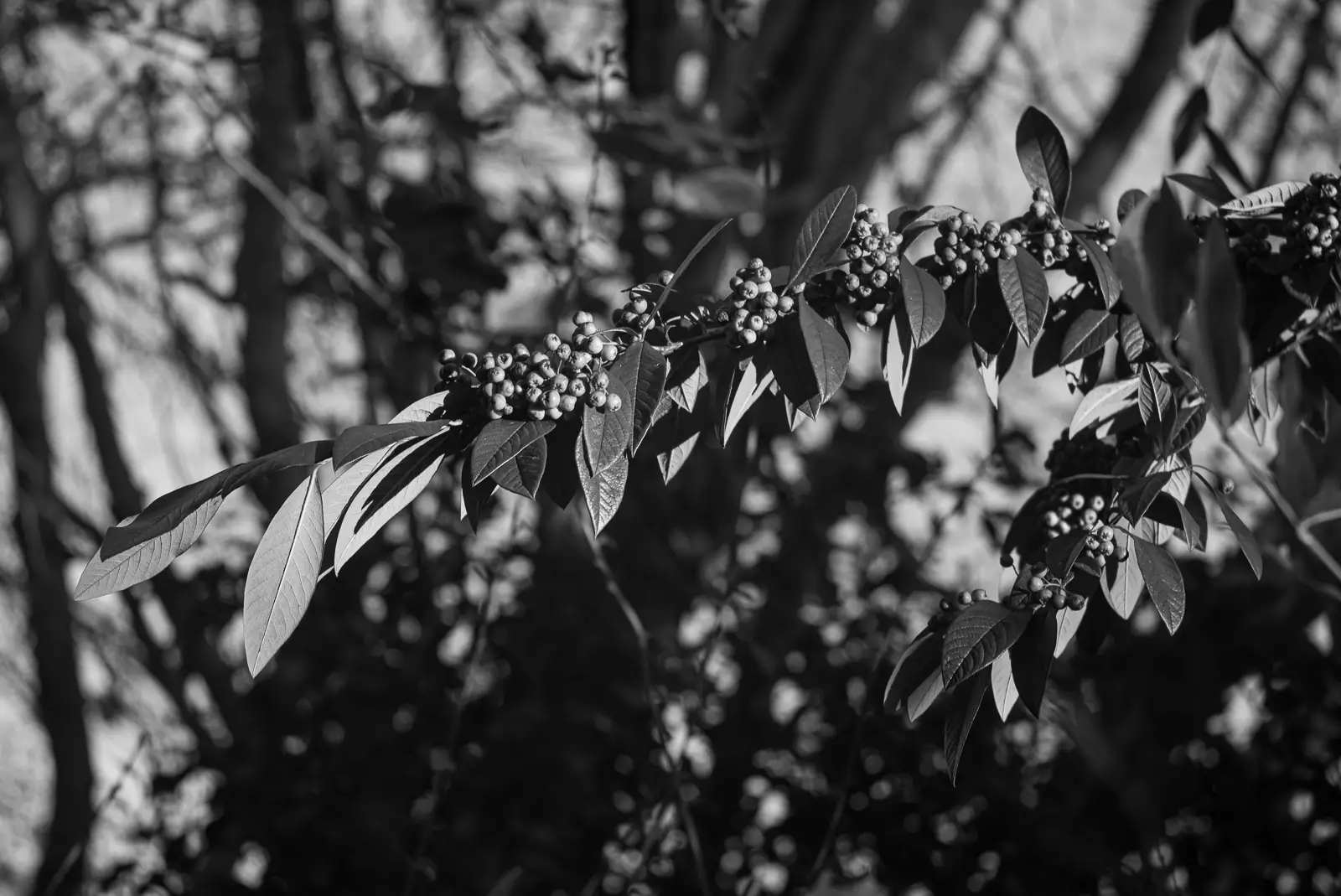
Bokeh and subject separation at f/6.3
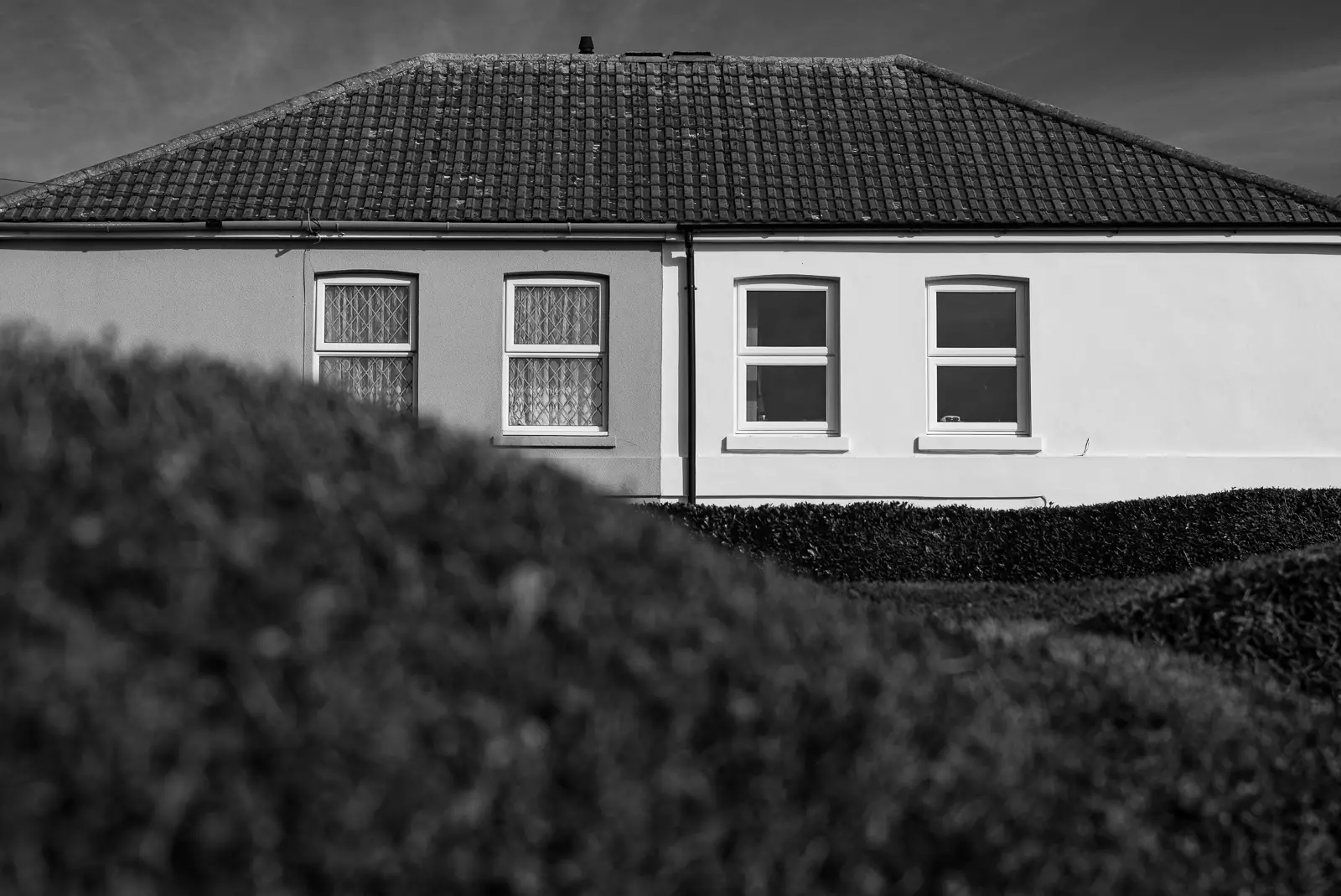
Interesting symmetry of a boring residential building
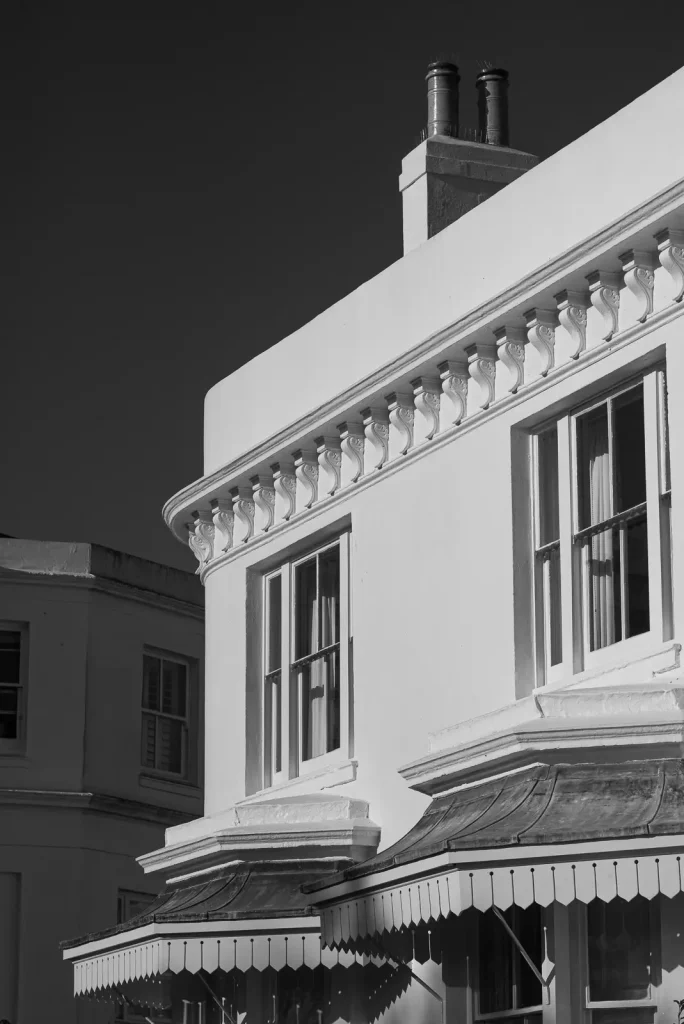
No mountains around here but there is Clifton Hill
TL:DR
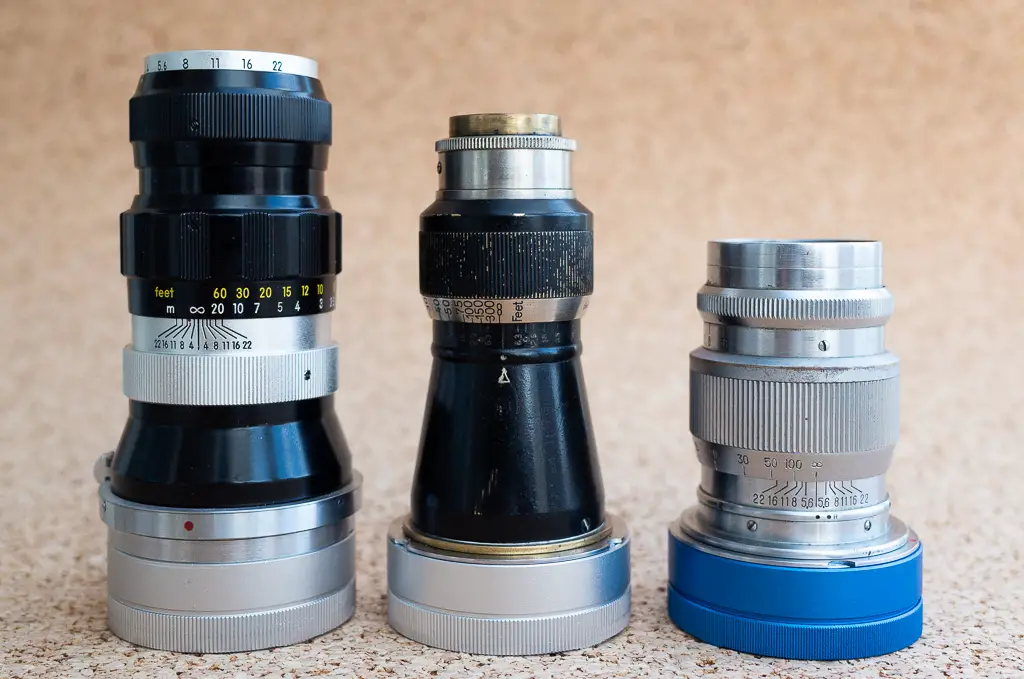
The purpose of this exercise is to compare small and light-weight lenses that can be used on an M-mount camera with rangefinder coupling that are 100mm or longer and use A36 clamp-on filters. My subjects: Nikkor 10.5cm f/4, Chiyoko 11cm f/5.6, and Leitz Elmar 10.5cm f/6.3. Here’s some succinct info on each.
Nikkor-T 10.5cm f/4 “Mountain Nikkor” is 257g excluding all caps and adapters but requires an S to M mount adapter. Its weight with the relatively bulky all-brass Amedeo adapter is 339g. It measures 9.5cm in length from mount, 9.9cm with adapter. This is not bad considering it was meant to be a lighter and cheaper alternative to the Nikkor-P.C 10.5cm f/2.5 which, despite being a bit shorter, weighs 613g with the Amedeo adapter and takes much larger 52mm filters. The build quality is good but doesn’t feel nearly as solid as some of the other Nikkor lenses I have. The lens covers a small portion of the corner of 90mm frame lines when at its minimum focusing distance. The image quality is perfectly sufficient, including when used wide open. It darkens the corners which I suspect might be due to the adapter. It’s the fastest of the three at f/4 but also the largest and heaviest.
Chiyoko Tele Rokkor 11cm f/5.6 weighs 257g excluding all caps and adapters, 270g with a genuine Leitz LTM to M adapter. While it’s identical in terms of weight to the Nikkor, it’s a lot smaller – it only measures 6cm from camera mount without an adapter, 6.1cm with adapter (LTM to M adapters are thin and pretty negligible in terms of adding weight and bulk). This gives it a much more solid feel. Viewfinder coverage is absolutely not an issue here due to the extremely compact nature of this lens. The image quality is sufficient to use it wide open, which is especially important for a lens as slow as f/5.6. It becomes excellent at f/8.
Leitz Elmar 10.5cm f/6.3 “Mountain Elmar” weighs a mere 208g with no caps or adapters, 223g with an LTM to M adapter, making it the lightest of the bunch. Not the smallest though – it’s 8.5cm long when measured from the mount, 8.6cm with an adapter. Despite this it feels solid and very well built, as an all-brass lens should. The barrel is very slim and the lens opening is a puny 24mm as opposed to the other lenses’ 35mm. The use of A36 filters is possible by attaching them to the dedicated FIZEN hood. The lens invades the 90mm frame lines ever so slightly when fully extended and with the hood attached. It’s the slowest of the bunch at f/6.3. It also has the longest minimum focusing distance at roughly 2m. The image quality is, simply put, excellent throughout.
Final thoughts
This review deliberately glosses over the optical qualities of the three lenses and instead focuses on their physical attributes, usability, and my personal motivations behind wanting to try them out. Slow long lenses are primarily meant to be practical and generally don’t require complex optical designs to produce sharp images. I think it’s interesting to try out lenses that are often overlooked for not being “bokeh monsters” or that don’t produce images that are overwhelmed by the lens’s character. Doing black and white photography means the images are never going to be a literal, realistic representation of the subject anyway. You can afford to not overcomplicate things.
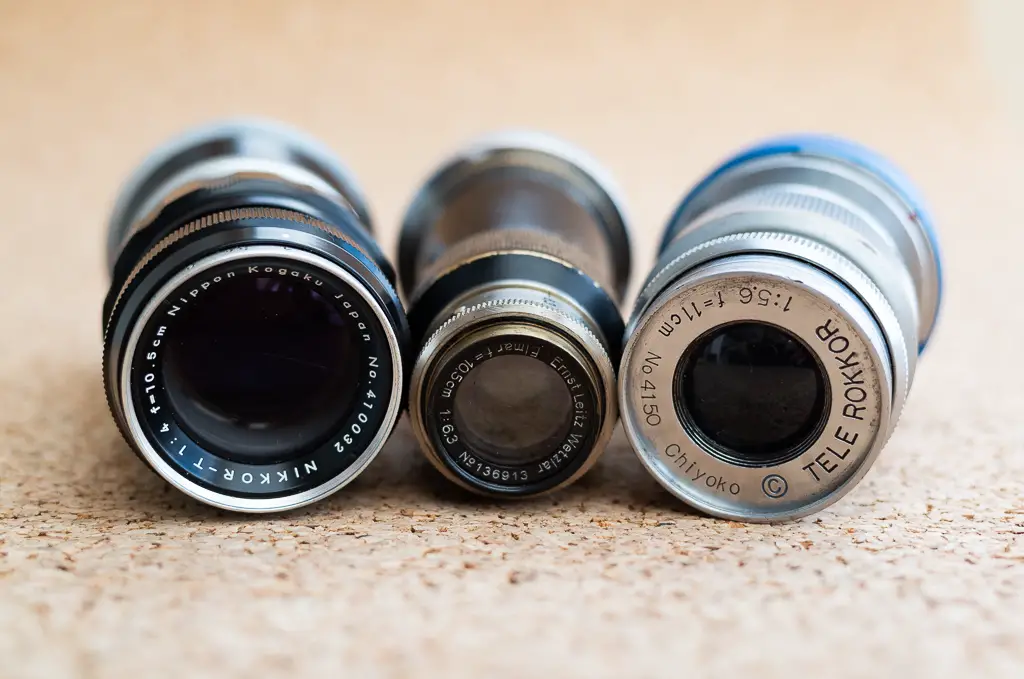
Share this post:
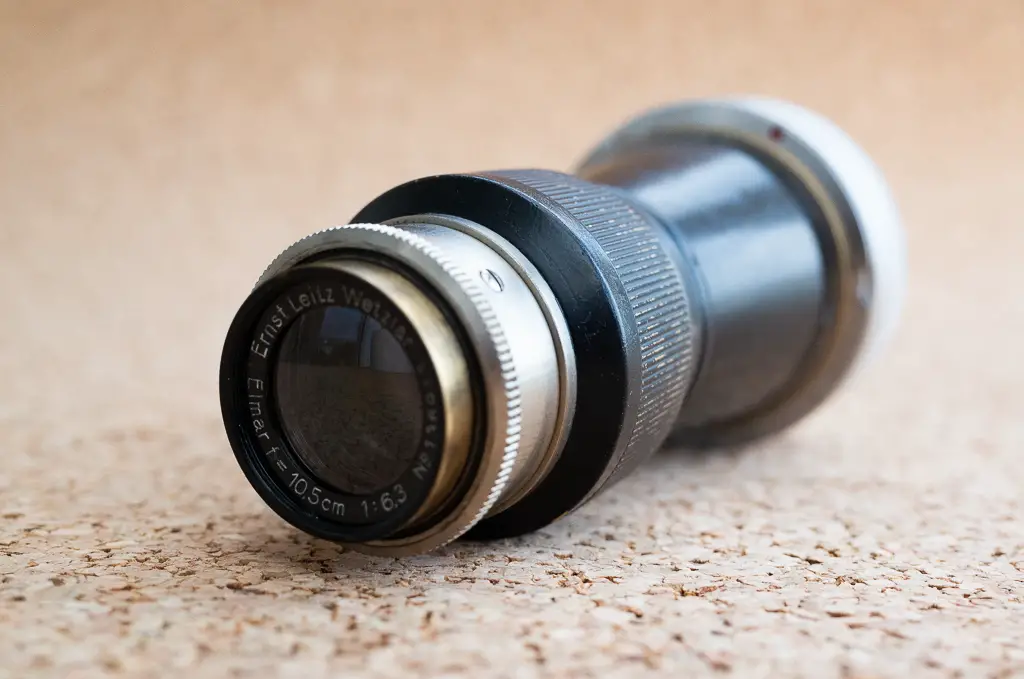



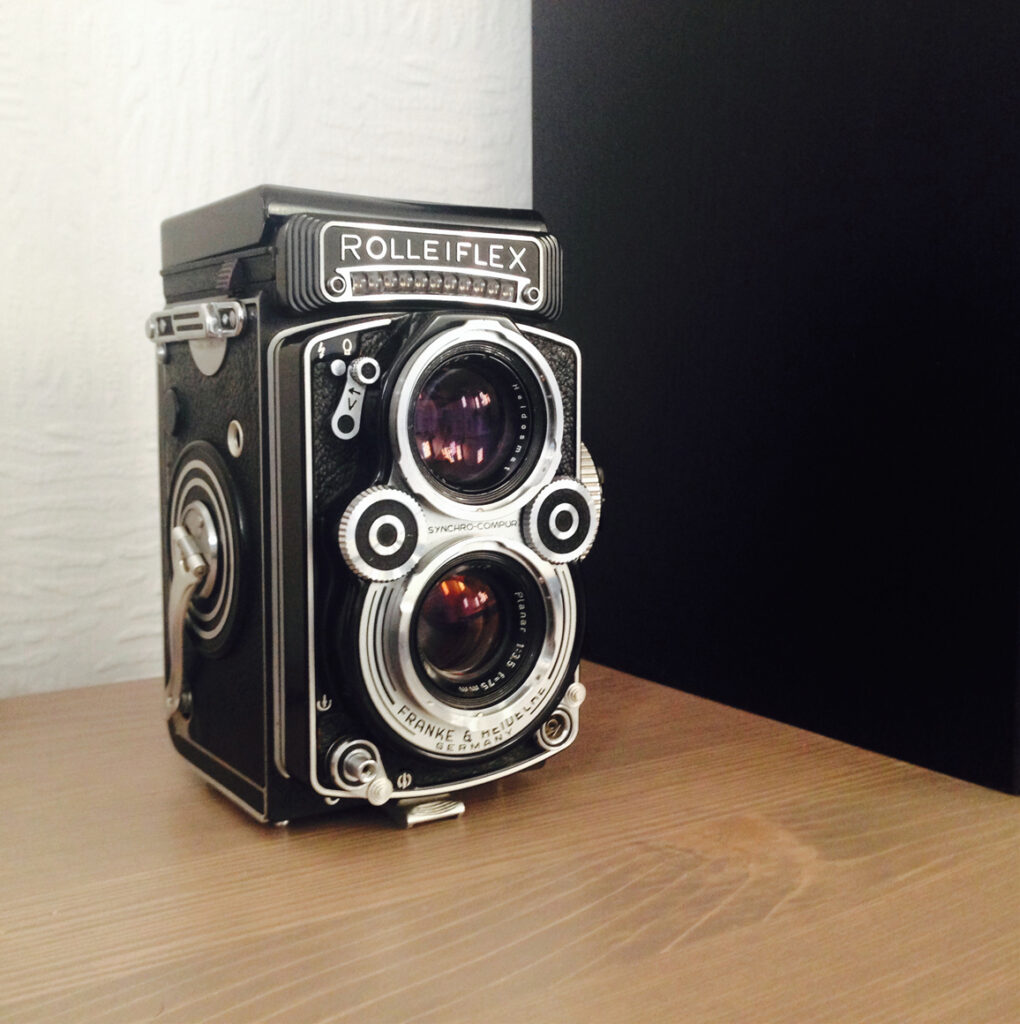




Comments
Terry B on Leitz Elmar 10.5cm f/6.3 – The Berg – Pt 3 – By Agata Urbaniak
Comment posted: 07/04/2022
Comment posted: 07/04/2022
Tony Warren on Leitz Elmar 10.5cm f/6.3 – The Berg – Pt 3 – By Agata Urbaniak
Comment posted: 01/11/2022
Comment posted: 01/11/2022